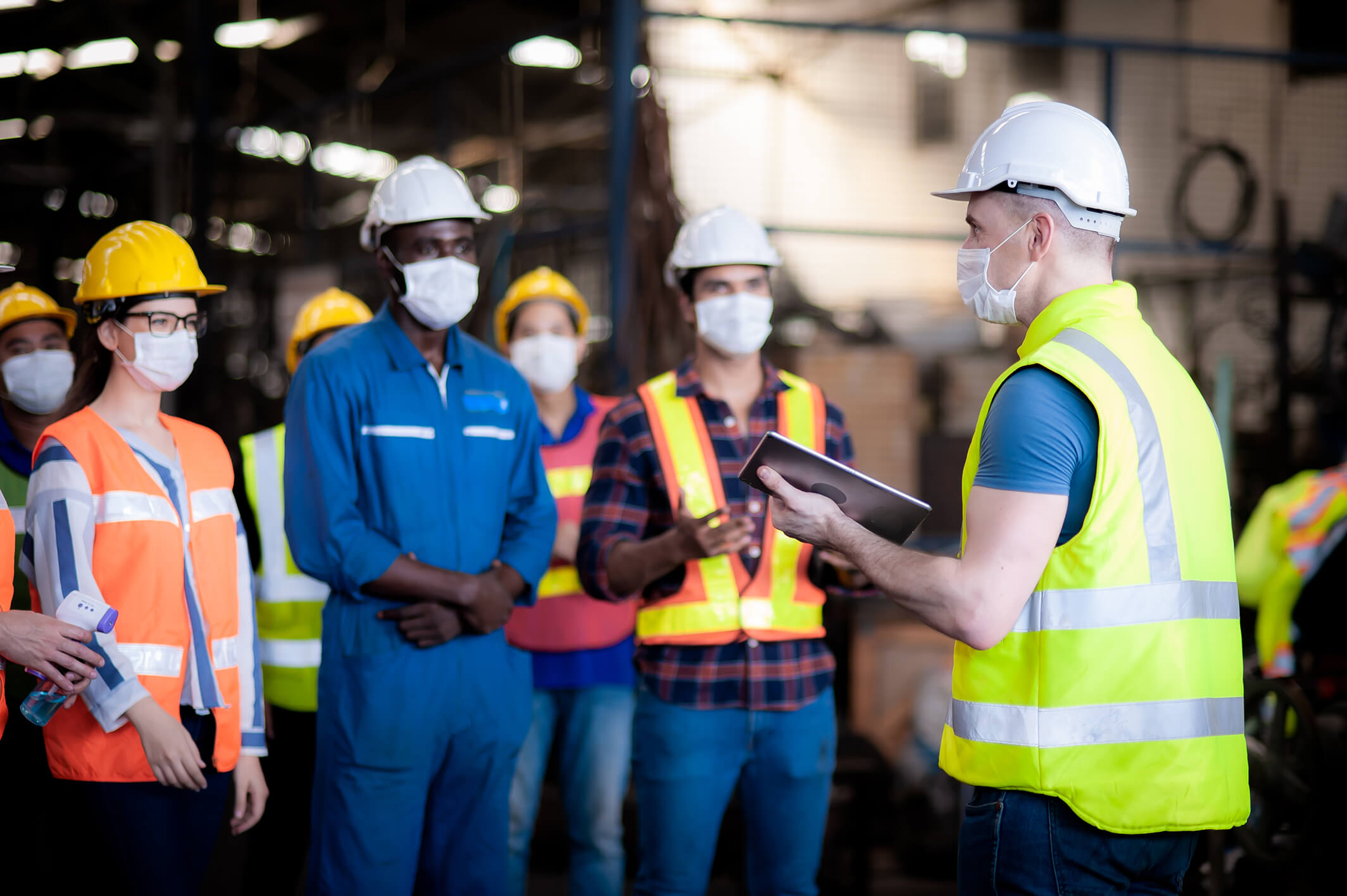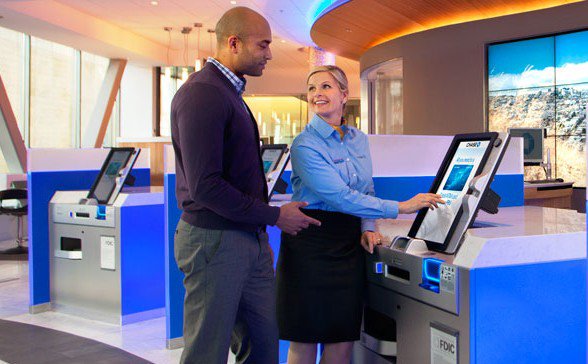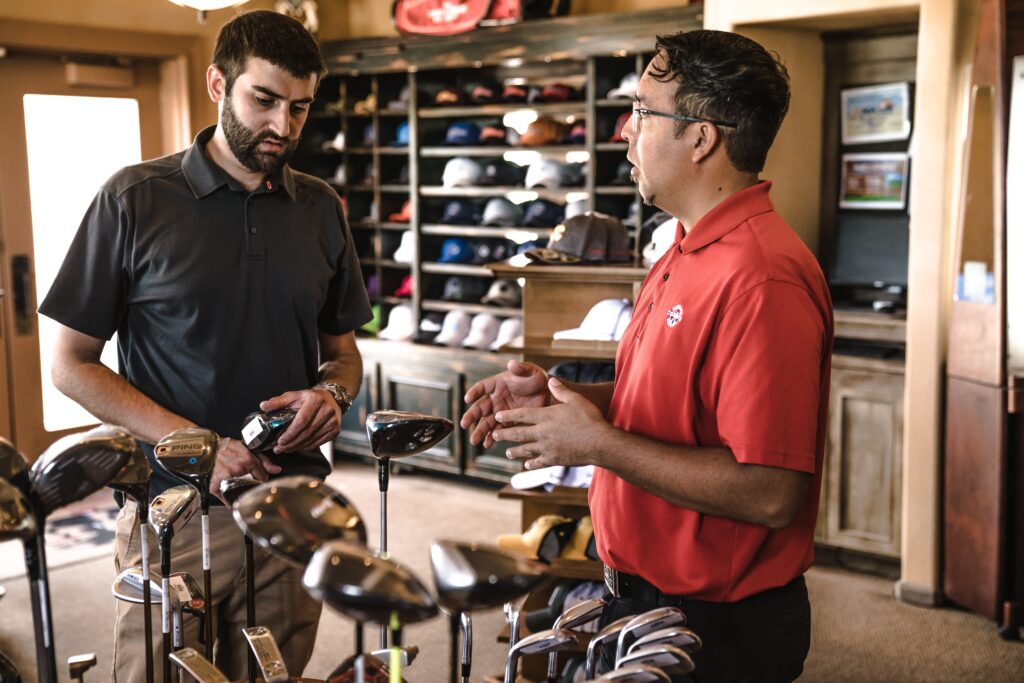August 13, 2022
Maintaining Healthy Relations With Your Raw Material Suppliers
A deep exploration into the benefits of building long-term relationships with your key vendors and how to engage them for success.

Originally published by FALCON GAZETTE. Reposted with permission.
Organizations that are successful in supply chain management understand the importance of maintaining healthy relationships with their suppliers. They have a knack for building trust and confidence with their respective suppliers. This enables them to share challenges with ease.
Healthy relations should be maintained throughout the entire contract. Right from the beginning of the contract, you should ensure that you set the stage for how you will relate with the supplier. Here are tips on maintaining healthy relations with your raw material suppliers.
Be transparent
 How do you keep your records every time the supplier delivers goods to the company? Being transparent creates a culture of trust in everything that you do. In this case, you should establish a platform that allows integration and collaboration to ensure that both parties access the necessary data and information. Gaining more insight into the supply operations can benefit both parties as it facilitates workflow efficiency.
How do you keep your records every time the supplier delivers goods to the company? Being transparent creates a culture of trust in everything that you do. In this case, you should establish a platform that allows integration and collaboration to ensure that both parties access the necessary data and information. Gaining more insight into the supply operations can benefit both parties as it facilitates workflow efficiency.
Ensure that you have a proper record-keeping system that will effectively capture all the identity details of the supply team. Greetly visitor sign in system offers an easy sign-in process to ensure that the team members sign in quickly to make the delivery. Greetly is one of the world-leading developers of visitor management applications that are easy to use and highly customizable.
Ensure there is effective communication
Communicating clearly with the suppliers of the raw materials is imperative. Do you fully understand the expectations of each other? This is the first question you should ask yourself to examine whether you have good relations with your supplier. In this case, you should ensure that you communicate your contract expectations.
Any delay in the payment process should be communicated on time to ensure there won’t be misunderstandings. Suppliers of the raw materials should also be aware of the metrics used to measure their performance. Both of you should be on the same page when it comes to the delivery time and the number of goods that will be supplied.
{{cta(‘ac879f17-5b48-4f54-9eec-bba849b09fe9’)}}
Prioritize the set policies
 In every contract between the supplier and the company’s owner, there are usually set laws and regulations that govern the contract. These are the terms and conditions that each must meet for the process to go on smoothly. Prioritizing the set policies of the contract is one of the best ways of maintaining healthy relations with the supplier of the raw materials.
In every contract between the supplier and the company’s owner, there are usually set laws and regulations that govern the contract. These are the terms and conditions that each must meet for the process to go on smoothly. Prioritizing the set policies of the contract is one of the best ways of maintaining healthy relations with the supplier of the raw materials.
You should show a lot of respect towards the services that they are offering for the company. This includes responding to them on time and ensuring that you are in the office by the set time. That means that the written policies should never be skimmed over. Eventually, the supplier will feel that you value their services, and they will reciprocate the same respect to you.
Reward good service with loyalty
 Loyalty programs should not only be given to the customers but also to the suppliers too. Remember that they are an integral part of the business, and they should be rewarded when they do a good job. Otherwise, who doesn’t like being rewarded for good work? Rewards work magic. The suppliers will always do their best to get more rewards again and again.
Loyalty programs should not only be given to the customers but also to the suppliers too. Remember that they are an integral part of the business, and they should be rewarded when they do a good job. Otherwise, who doesn’t like being rewarded for good work? Rewards work magic. The suppliers will always do their best to get more rewards again and again.
Business relations are a two-way street. None of the two parties holds more power than the other. If one of them fails, then automatically the next one will fail. So, it’s all about commitment and maturity from both sides. Rewarding good service can make a difference in relating with the suppliers. And this reduces the pressure of having to remind the suppliers to keep time or carry the raw materials safely to the final destination.



